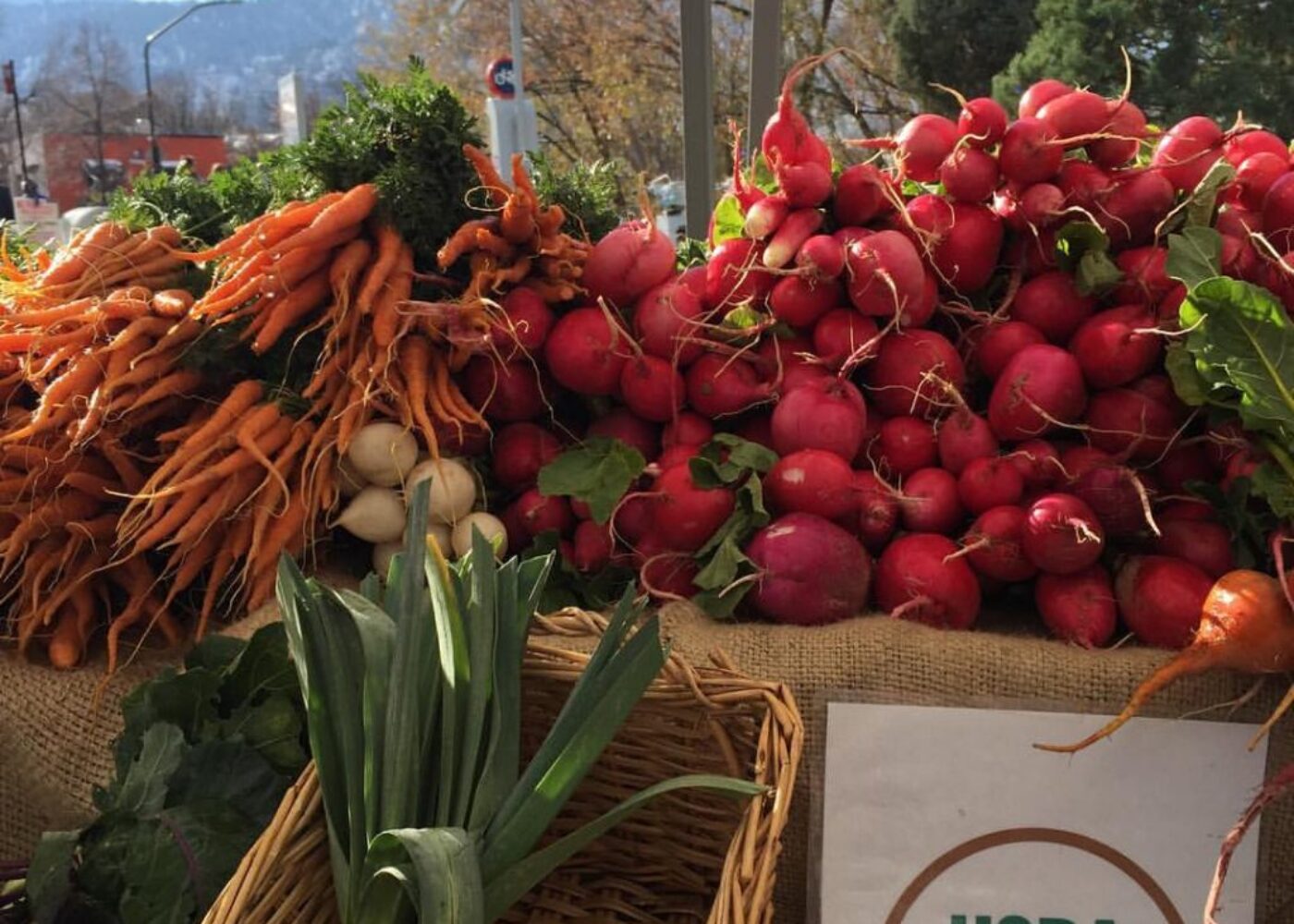#GivingTuesday: It’s Time for Us to Help Grow More Farmers

On November 18th, I attended an even hosted by the Rodale Institute. The executive director shared some jaw-dropping stats.
Our farmers are aging fast, and few are replacing them. In the U.S., there are six times more farmers over the age of 65 than farmers under the age of 35. Think about that for a minute. We’ve got a rapidly aging and rapidly shrinking number of farmers. I shared the data on Twitter, and some young farmers were quick to respond: “We’re here! We aren’t always taken seriously, but we are here!”
 It’s a silent and growing crisis: who will grow our food if the farming population continues to die off and young farmers aren’t taken seriously? Where will our food come from?
It’s a silent and growing crisis: who will grow our food if the farming population continues to die off and young farmers aren’t taken seriously? Where will our food come from?
Since the introduction of genetically modified foods in the mid 1990s, Monsanto’s chemically intensive operating system has taken over the farm. The numbers should give anyone reason to pause: over 90% of our soy, over 90% of our corn are now genetically modified to be dependent on Monsanto’s portfolio of chemical products—insecticides, pesticides, fungicides, products like Roundup—to grow.
The farm is dependent on a portfolio of chemicals and a patented seed that a farmer is not allowed to save. GMOs fundamentally changed our farming model, from the way it is financed to how it is fumigated.
From about 1982 through the 2007 census, “folks just really weren’t getting into farming that much,” says Bob Young, chief economist with the American Farm Bureau Federation.
It’s confirmed by David Widmar who wrote “The Aging American Farmer,” “One of the most well known trends in American agriculture is the aging farmer. Year after year, the average age of the U.S. farmers has increased. This trend was confirmed, yet again, with the release of the 2012 USDA Census of Agriculture.”

According to Widmar, “the largest group of producers is now those older than 65 years, representing a full one-third of all producers. Even more obvious is how few young producers there are. In 2012, those under 45 years only represent 16% of total producers.”
According to the USDA, Census of Agriculture, nationally women were 30 percent of farmers, but only control 7 percent of U.S. farmland, account for 3 percent of sales.
As I listened to the executive director of the Rodale Institute last night, I thought of the flights I’d taken to Iowa and trips out to Kansas, Wyoming, Ohio and into the farm country of Texas, Colorado and Washington, and I thought about the farmer in 4A I sat next to on a flight a few years ago. He wasn’t going into farming. He didn’t like the model, the excessive use of chemicals, the way he felt indentured to the agrichemical companies. I thought about the women who had tried to tell their farming fathers about organic.
And then this morning, Maria Rodale of the Rodale Insitute shared the picture at the top of this article. It was stunning in every way, but urgent after the message her team shared that night.
The organic food market has become a $40 billion industry that continues to see double-digit annual growth. Added to that now is growing demand for crops grown without genetically modified organisms. “There is a lot more demand now for the data on non-GMO crops,” said Kellee James, founder and CEO of Mercaris, a company that tracks the organic market, according to The Progressive Farmer.
So where will our food come from if there is a shrinking supply of farmers? And what about organic?
According to The Progressive Farmer, “growing demand for organic feed is not being met by the industry. Imports of organic corn have gone from 3.1 million bushels in 2014 to a projected 17.9 million bushels this year. Those imports could top 20 million bushels in 2017. Much of that organic corn is coming from Turkey, Romania and Argentina. For soybeans, the organic imports are even higher, hitting 40 million bushels this year.”
That is money left on the table, it is also jobs and revenue that we are handing over to our trading partners because we have not built out the supply, the network and supported organic farming here in the U.S.
What can you do? Please support their work and that of the Organic Farmers Association.
If this important organization can raise $10,000 by tomorrow at midnight, the Newman’s Own Foundation, will give them $10,000. Can you help?
Every dollar helps these farmers. You can support and learn more here: https://www.crowdrise.com/NO-rodale-institute/fundraiser/rodaleinstitute
According to The Progressive Farmer,
“We have had an increasing gap in the supply chain that has been filled by imports,” James said.
Imports made up 40% of the market in 2015 for U.S. organic corn feed and will likely top 50% this year. For soybeans, imports accounted for 78% of the U.S. organic feed market. Between the two, the U.S. is importing roughly $353 million in organic corn and soybean feed—in a country that plants more than 188 million acres of mostly biotech corn and soybeans.
Less than 1% of U.S. farmland is organic. That’s problem enough. There is a need for more than 1 million more acres of certified organic production to meet demand. Even more so is the fact that in the United States, there is a shrinking number of farmers and a shrinking economic incentive to farm. The chemically intensive operating system of GMOs is funded by the government but no longer wanted by the people. It’s time to reverse that—to fund the farming models that American wants. And a growing number of Americans are asking for organic where the returns are increasingly stronger for farmers.
Demand for organic is growing. Companies like General Mills are partnering with Organic Valley, and divisions of Kellogg’s are helping farmers transition to organic. It’s a wide open landscape. At just 1% of our farmland, we are on the 1 yard line of the field with a wide open 99 yards to run in front of us. It’s time to run it back. To bring organic farming into the 21st century.
This short one minute video explains the urgent and important mission of the Organic Farmers Association. Take a minute to watch and learn. Only one minute long.
“We really need to stimulate organic crop production in the U.S. for these markets,” said Peter Golbitz, founder of the company Agromeris, a consulting firm for companies looking for organic or specialty ingredients. “If we continue to rely on imports, we are going to set ourselves up for disaster.”
Please consider supporting the work of the Organic Farmers Association on this #GivingTuesday and always.
#rethinkfood #groworganic
Sources:
http://www.usnews.com/news/blogs/data-mine/2014/02/24/us-farmers-are-old-and-getting-much-older
USDA Census of Agriculture https://www.agcensus.usda.gov/Publications/2012/Online_Resources/Highlights/Farm_Demographics/





